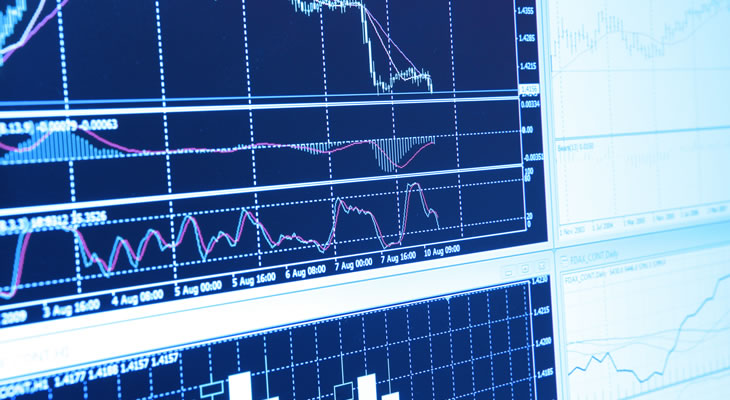The Euro to US Dollar (EUR/USD) exchange rate is currently trending in the region of 1.1864.
As of Wednesday morning, the Euro to US Dollar (EUR/USD) exchange rate is trending within a narrow range. This can be attributed to traders awaiting German and Eurozone data to determine pressure on the European Central Bank in regards to the necessity of expansive measures to combat recession. The US Dollar, meanwhile, is holding relatively steady in a position of strength as rate hawks look to the publication of Federal Open Market Committee minutes, due later on Tuesday evening.
The Euro to US Dollar exchange rate is currently trending in the region of 1.1861.
Extensive Euro to US Dollar (EUR/USD) exchange rate fluctuations can be expected over the course of the week.
Given that traders will be anxious to make up for trade lost over the holiday period, the currency market is likely to be subject to intense volatility over the coming week.
For those invested in the US Dollar, there will be several important data publications. Friday’s non-farm payrolls data will be of particular importance given that it is forecast to decline significantly and the Fed places considerable stock in employment indicators.
For those trading with the common currency, the Eurozone’s unemployment figures and inflation data will be of paramount importance, especially as they may influence the European Central Bank’s (ECB) policy meeting later in the month.
Euro (EUR) Exchange Rate Forecast to Soften
In the days leading up to the release of the Eurozone’s consumer price and jobs stats, the shared currency is likely to soften as investors hesitate against large investment amid the likelihood of quantitative easing being introduced on the 22nd. The ECB’s Chief Economist Peter Praet stated; ‘If my assessment is that there is a need for further accommodation, and if I were willing to cut rates if that had been possible, then I should not be paralysed by the fact that the only option is to buy sovereign bonds.’
‘With the recent oil prices, inflation would be even lower, even substantially lower than expected so far. This is especially true for 2015 — when the effect would amount to 0.3 to 0.4 percentage points, which could mean negative inflation during a substantial part of 2015,’ Praet said.
For those interested in the Euro to US Dollar (EUR/USD) exchange rate, the economic reports from the currency bloc to be most aware of include; Eurozone Inflation Rate, Unemployment Rate, Retail Sales, Industrial Sentiment and Business Confidence. In addition; German Inflation Rate, Retail Sales, Unemployment Change, Unemployment Rate, Factory Orders, Balance of Trade and Industrial Production all have the potential to provoke Euro volatility.
US Dollar (USD) Exchange Rate Forecast to Fluctuate
With several important US data publications due out over the coming week, the US Dollar is likely to be subject to volatility. Non-Farm Payrolls will be of particular interest to Dollar traders, especially considering it is forecast to decline from 321,000 to 300,000. Although a jobs gain of 300,000 is still encouraging, a smaller-than-forecast increase in employment could give the Euro to US Dollar (EUR/USD) exchange rate a little boost before the weekend.
The ISM Non-Manufacturing PMI, Factory Orders, Employment Change, Balance of Trade, FOMC Minutes, Challenger Job Cuts, Initial Jobless Claims, Consumer Credit Change, Unemployment Rate, Average Hourly Earnings, Participation Rate and Wholesale Inventories will all be of significance to those invested in the US Dollar.
On Sunday the Euro to US Dollar (EUR/USD) exchange rate was trending in the region of 1.1960

